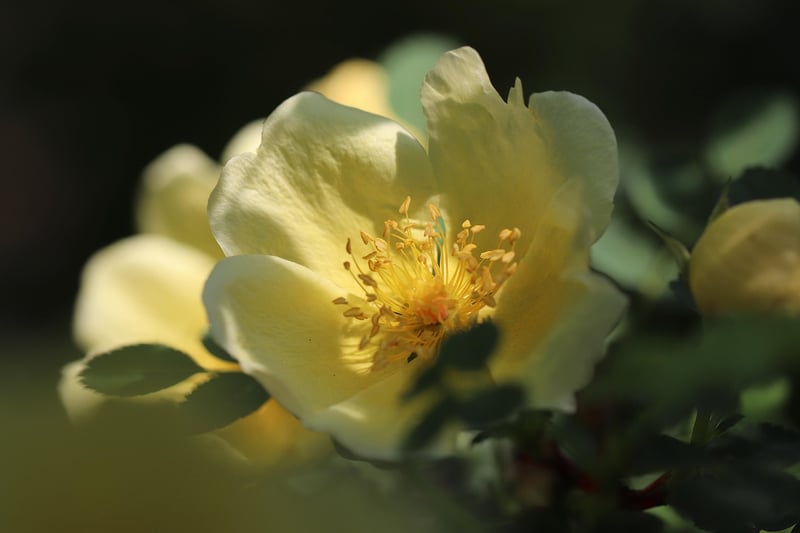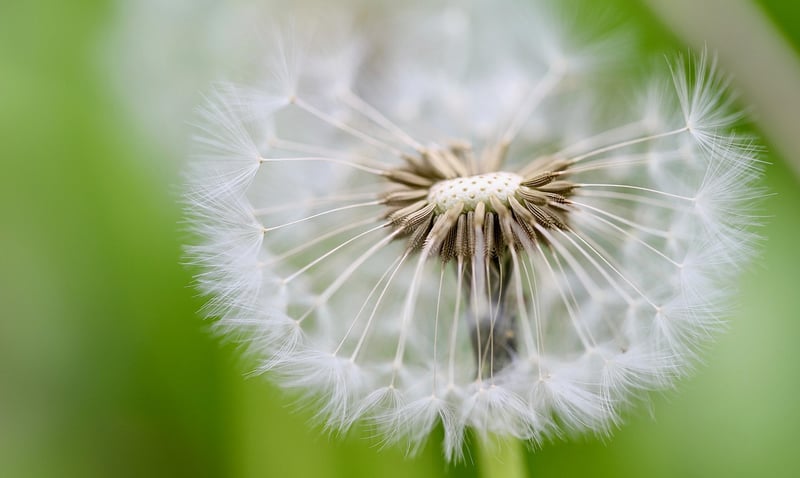Seed Saving
#Harvesting
#Fresh Produce
#Preservation
Getting the Most from Your Garden + Seed Saving
Introduction to Maximizing Your Garden's Potential
Your garden is a place of beauty, tranquility, and productivity. Whether you are a seasoned gardener or just starting out, there are always ways to make the most of your garden space and enhance your gardening experience.
Tips for Maximizing Your Garden's Potential:
- Plan and Design: Start by planning your garden layout to make the most of available space. Consider factors like sunlight, soil quality, and water access.
- Choose the Right Plants: Select plants that are well-suited to your climate and soil conditions. Native plants are often a good choice as they require less maintenance.
- Companion Planting: Planting compatible crops together can help improve growth and deter pests. For example, planting marigolds alongside tomatoes can help repel pests naturally.
- Proper Watering and Mulching: Water your plants deeply but infrequently to encourage deep root growth. Mulching can help retain moisture and suppress weeds.
- Regular Maintenance: Keep your garden tidy by weeding regularly, pruning plants, and inspecting for pests and diseases.
Seed Saving: A Sustainable Practice
Seed saving is an age-old practice that allows you to preserve heirloom varieties, save money, and become more self-sufficient in your gardening endeavors. By saving seeds from your best-performing plants, you can create a resilient garden that adapts to your specific growing conditions.
Steps for Seed Saving:
- Choose the Right Seeds: Select seeds from open-pollinated or heirloom plants for seed saving. Avoid hybrid varieties as they may not produce true-to-type offspring.
- Harvesting Seeds: Allow seeds to fully mature on the plant before harvesting. Seeds should be dry and fully developed for optimal storage and germination.
- Seed Processing: Clean and dry seeds thoroughly before storing them in a cool, dry place. Properly stored seeds can remain viable for several years.
- Labeling and Organizing: Keep track of the seeds you save by labeling them with the plant variety and harvest date. Organize your seed collection for easy access in the future.
Conclusion
By following these tips for maximizing your garden's potential and embracing the practice of seed saving, you can create a sustainable and bountiful garden that brings joy and satisfaction year after year.

 Learn more about seed saving here.
Learn more about seed saving here.
